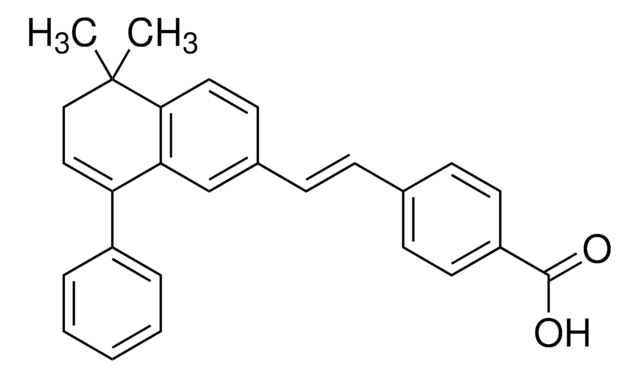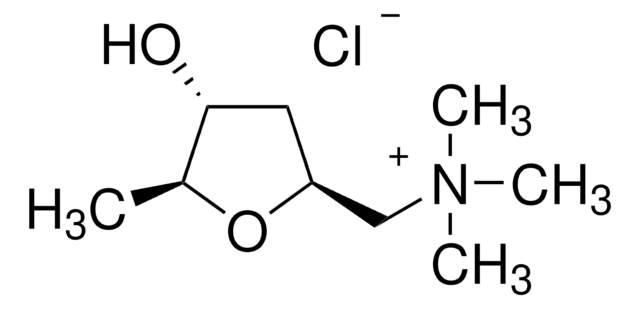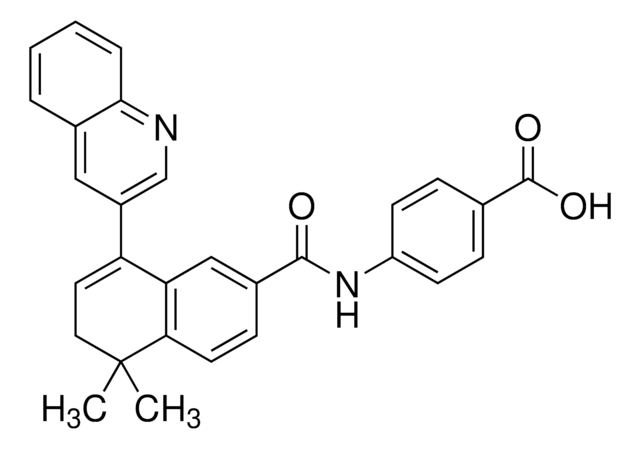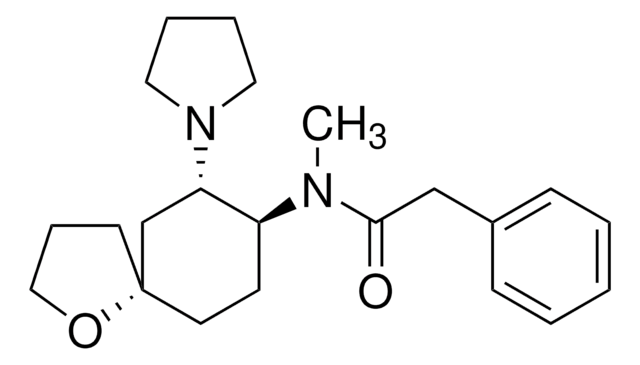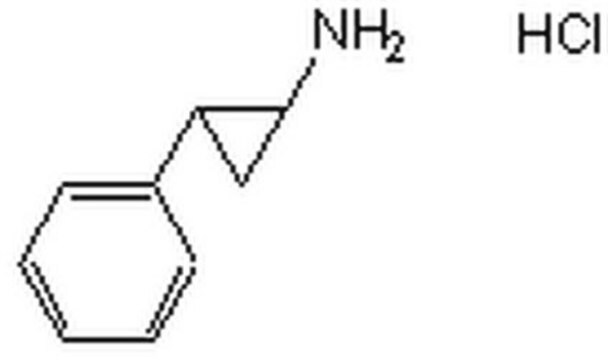O0766
ONO-RS-082
≥97% (HPLC)
Sinonimo/i:
2-(p-Amylcinnamoyl)amino-4-chlorobenzoic acid, 4-Chloro-2-[[1-oxo-3-(4-pentylphenyl)-2-propen-1-yl]amino]-benzoic acid
About This Item
Prodotti consigliati
Livello qualitativo
Saggio
≥97% (HPLC)
Stato
powder
Durata
Do not freeze
Condizioni di stoccaggio
protect from light
Colore
white
Solubilità
DMSO: ≥20 mg/mL
Temperatura di conservazione
room temp
Stringa SMILE
Clc1cc(c(cc1)C(=O)O)NC(=O)\C=C\c2ccc(cc2)CCCCC
InChI
1S/C21H22ClNO3/c1-2-3-4-5-15-6-8-16(9-7-15)10-13-20(24)23-19-14-17(22)11-12-18(19)21(25)26/h6-14H,2-5H2,1H3,(H,23,24)(H,25,26)/b13-10+
MDVFITMPFHDRBZ-JLHYYAGUSA-N
Azioni biochim/fisiol
Caratteristiche e vantaggi
Avvertenze
Warning
Indicazioni di pericolo
Consigli di prudenza
Classi di pericolo
Aquatic Acute 1 - Aquatic Chronic 1
Codice della classe di stoccaggio
11 - Combustible Solids
Classe di pericolosità dell'acqua (WGK)
WGK 2
Punto d’infiammabilità (°F)
Not applicable
Punto d’infiammabilità (°C)
Not applicable
Scegli una delle versioni più recenti:
Certificati d'analisi (COA)
Non trovi la versione di tuo interesse?
Se hai bisogno di una versione specifica, puoi cercare il certificato tramite il numero di lotto.
Possiedi già questo prodotto?
I documenti relativi ai prodotti acquistati recentemente sono disponibili nell’Archivio dei documenti.
Articoli
Phospholipase A2 (PLA2) designates a class of enzymes that hydrolyze the sn-2 ester of glycerophospholipids to produce a fatty acid and a lysophospholipid. It has become clear that some of these enzymes liberate arachidonic acid in mammalian cells for the biosynthesis of eicosanoids, and thus there has been considerable interest in developing PLA2 inhibitors. Based on amino acid sequences, there are now more than 12 distinct groups of mammalian PLA2s, as well as many non-mammalian forms, all of which have been classified into 14 distinct groups with many subgroups.
Il team dei nostri ricercatori vanta grande esperienza in tutte le aree della ricerca quali Life Science, scienza dei materiali, sintesi chimica, cromatografia, discipline analitiche, ecc..
Contatta l'Assistenza Tecnica.
